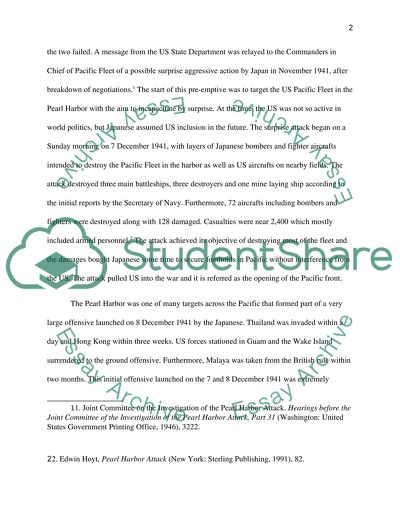Cite this document
(“The Pacific Theater of World War II Research Paper”, n.d.)
Retrieved from https://studentshare.org/history/1476218-the-pacific-theater-of-world-war-ii
Retrieved from https://studentshare.org/history/1476218-the-pacific-theater-of-world-war-ii
(The Pacific Theater of World War II Research Paper)
https://studentshare.org/history/1476218-the-pacific-theater-of-world-war-ii.
https://studentshare.org/history/1476218-the-pacific-theater-of-world-war-ii.
“The Pacific Theater of World War II Research Paper”, n.d. https://studentshare.org/history/1476218-the-pacific-theater-of-world-war-ii.


